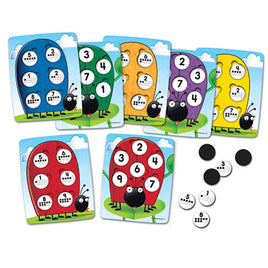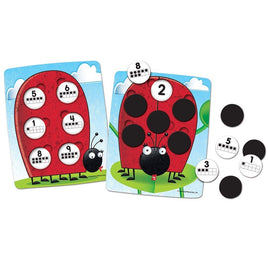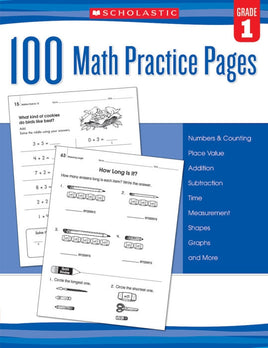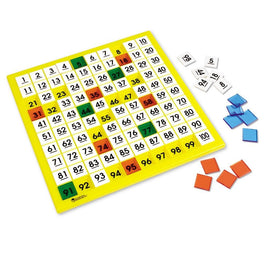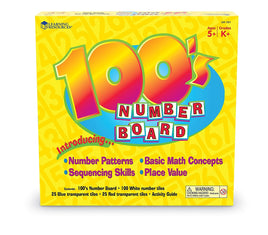- Bargain Bin: Clearance or Used
- Discontinued or Limited Quantities
- Used - Singapore Primary Math Common Core Editions
- Advanced Mathematics
- Art & Music
- Christian Curriculum
- Educational CDs & Videos
- Educational Games
- Educational Puzzles
- Foreign Language
- General Curriculum
- General Mathematics
- Geography
- Government & Economics
- History
- Homeschool Helps
- Language Arts
- Lesson Planners & Records
- Logic & Critical Thinking
- Phonics & Reading
- Preschool
- Reading & Literature
- Reference
- Science
- Social Emotional and Character Development
- Special Needs
- Test Prep
- Unit Studies
- Home
- General Mathematics
- Dare to Compare: Math Level 2
Dare to Compare: Math Level 2
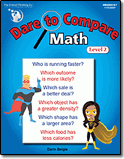
Regular price
$12.99
Sale
This collection of 150 problems asks students in Grades 6 and 7 to perform calculations to make a comparison and come to a decision. The Dare to Compare format recasts more traditional math problems from a single calculation to two or more calculations to come to a final conclusion. Rather than compute the unit price of a single food item, the student computes the unit price of two food items to determine which item is a better deal. Instead of calculating the probability of a single event, the student calculates the probability of two events to determine which is more likely.
The problems are intended to be non-routine but accessible. The solution process is open-ended, allowing students to create mathematical reasoning and to decide how to quantify in order to formulate a conclusion. Comparisons are especially suited for problems involving rates, ratios, fractions, percentages, and proportions. However, they can serve as a backdrop for any mathematical topic–2D and 3D geometry, graphing, algebraic reasoning, patterns, probability, statistics, counting, measurement, number operations, and logic. So the comparisons are rich in both mathematical content and critical thinking. Each problem is accompanied by one or more hints and a complete solution.
Who is running faster? Which shape has a larger area? Which sale is a better deal? Which country has a greater population density? Which food item has more fat calories? Who earns more dollars per hour? Which fraction is larger? Which product has a smaller unit price? Which object has a greater density? Which outcome is more likely? Which competitive eater consumes more calories per minute? Comparisons provide a motivating backdrop to perform mathematical calculations in a wide range of contexts.
Reproducible; 96 pages
The problems are intended to be non-routine but accessible. The solution process is open-ended, allowing students to create mathematical reasoning and to decide how to quantify in order to formulate a conclusion. Comparisons are especially suited for problems involving rates, ratios, fractions, percentages, and proportions. However, they can serve as a backdrop for any mathematical topic–2D and 3D geometry, graphing, algebraic reasoning, patterns, probability, statistics, counting, measurement, number operations, and logic. So the comparisons are rich in both mathematical content and critical thinking. Each problem is accompanied by one or more hints and a complete solution.
Who is running faster? Which shape has a larger area? Which sale is a better deal? Which country has a greater population density? Which food item has more fat calories? Who earns more dollars per hour? Which fraction is larger? Which product has a smaller unit price? Which object has a greater density? Which outcome is more likely? Which competitive eater consumes more calories per minute? Comparisons provide a motivating backdrop to perform mathematical calculations in a wide range of contexts.
Reproducible; 96 pages
Related product
Regular price
$16.99
Regular price
$15.99
Regular price
$27.19
Regular price
$22.99
Regular price
$22.99
Regular price
$22.99
Regular price
$22.99
Regular price
$22.99
Regular price
$22.99


